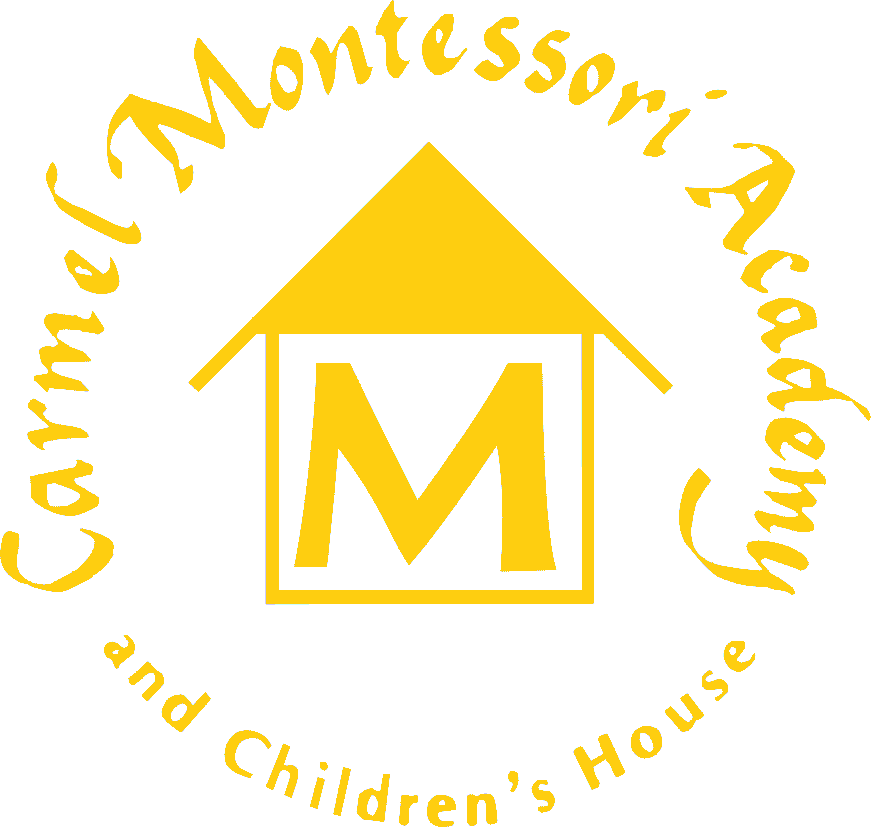
Philosophy
&
Pedagogy
What the Montessori Teacher Does
- Respectfully Engaged with Learner
- Able to Facilitate “Match” Between Learner and Knowledg
- Environmental Designer/Organizer/Preparer
1. RESPECTFULLY ENGAGED WITH LEARNER
“The teacher moves about slowly and silently. She goes up to one who has called her. Her supervision is such that anyone who needs her is immediately aware of her presence, whereas those who do not are completely oblivious to her.”
Maria Montessori, The Discovery of the Child, p. 302.
“The teacher is mindful of her awesome responsibility…”
The Authentic American Montessori School, p. 38.
The School’s curriculum for physical, personal, social, and academic structure of the development of the CHILD is clearly outlined in the Curriculum Guide, in the transcript forms, and in the CMA Handbook for Faculty, Families, and CHILDREN (where appropriate). The Montessori Director/ess then takes that “developmental and cultural” expectation or curriculum and translates it into classroom programming and activity for a particular developmental age grouping as an overview or yearly plan before the school year begins… Once the school year has begun and the CHILDREN begin to interact with their environment, the adults, and other CHILDREN, the task of respectful engagement begins. Each individual Director/ess with his/her own personality, capabilities, strengths, and challenges considers the personality, capabilities, strengths, and challenges of the individual CHILD and integrates the physical, personal, social, and academic aspects of the curriculum into a body of physical, psychological, social relationship, and intellectual approaches appropriate to that CHILD and with every other CHILD in his/her environment.
2. ABLE TO FACILITATE "MATCH" BETWEEN LEARNER AND KNOWLEDGE
“…a teacher should never forget that he is a teacher and that his mission is one of education.”
Maria Montessori, The Secret of Childhood, p. 153.
“…response to the individual learner’s need at whatever point the learner is…”
The Authentic American Montessori School, p. 38.
The `rightest’ response to the individual learner’s need at whatever point the learner is in his or her acquisition of new knowledge” may be more accurately stated within the context of the philosophy and pedagogy of Carmel Montessori Academy as the “most probable productive response.” The School expects that its Directors/esses and other teachers will make every effort to know the CHILD intimately enough to be able to select several responses that will probably serve the CHILD in the most efficacious manner, taking into consideration the time, place, circumstances, and nature of the acquisition of new knowledge. Further, that the Director/ess or other teacher will use many, most, all of the techniques for facilitation reported above with total respect for the unique CHILD, to aid the CHILD in his/her own pursuit of that knowledge, neither offering too much nor too little assistance, with the further caveat that the CHILD him/herself must be respectfully allowed the final acceptance or rejection of the “response,” and, with the older CHILD, taking into account the cultural and societal requirements maturation demands. And examples abound of both macro- and micro-successes and failures in this regard on an hour to hour basis at CMA – each Director/ess is most acutely aware of the continual challenges of matching learner with knowledge.
3. ENVIRONMENTAL DESIGNER/ORGANIZER/PREPARER
“The immense influence that education can exert through children, has the environment for its instrument, for the child absorbs his environment, takes everything from it, and incarnates it in himself.”
Maria Montessori, The Absorbent Mind, p. 66.
“The teacher can organize the appropriate social and cognitive environment for children at different levels of development, refracting through the curriculum, the expectations of the culture.”
The Authentic American Montessori School, p. 38.
